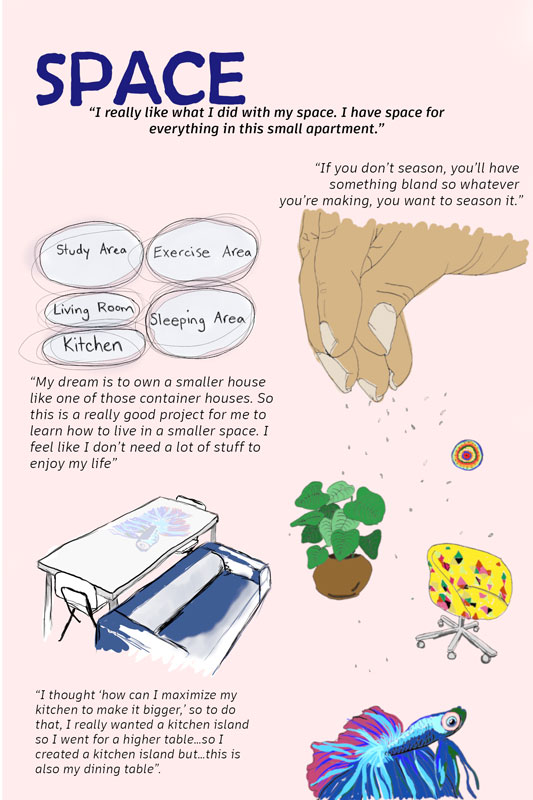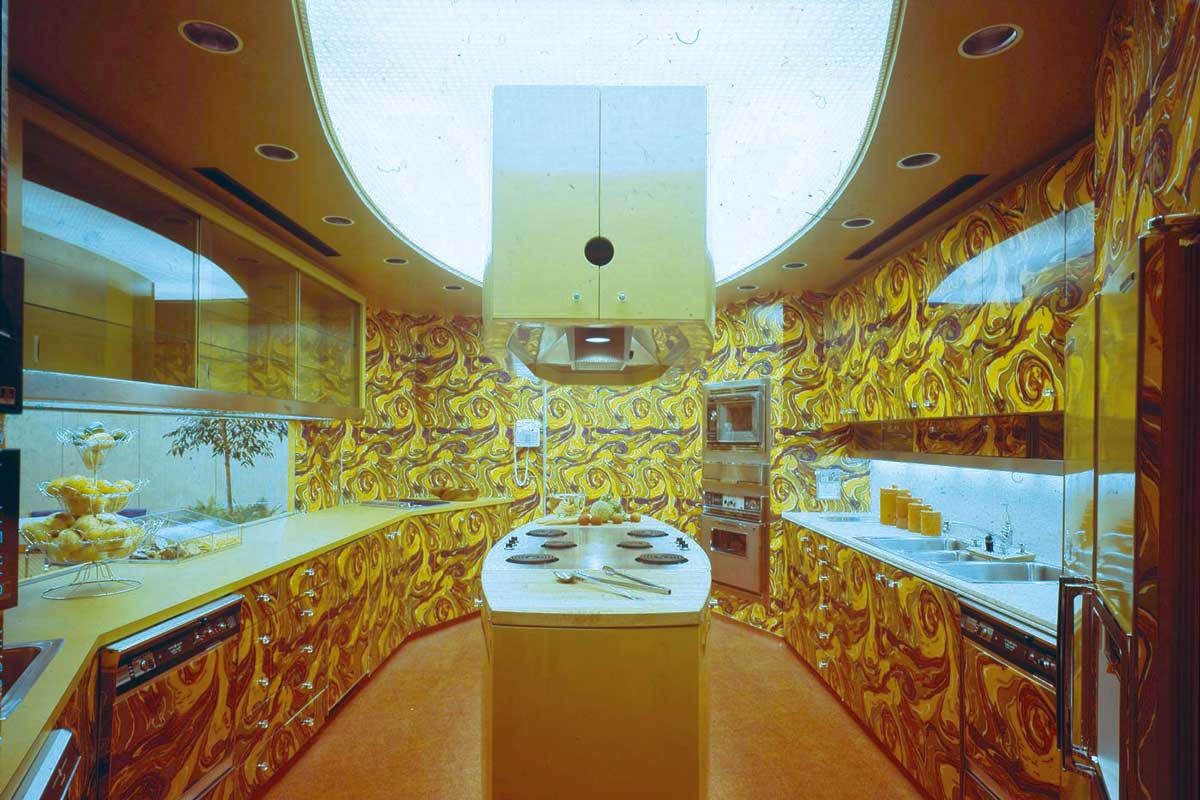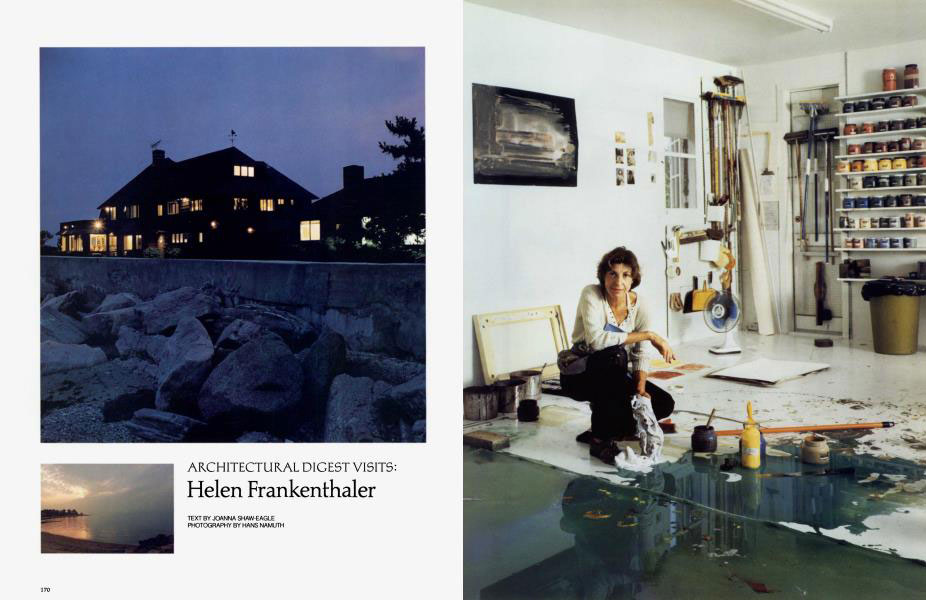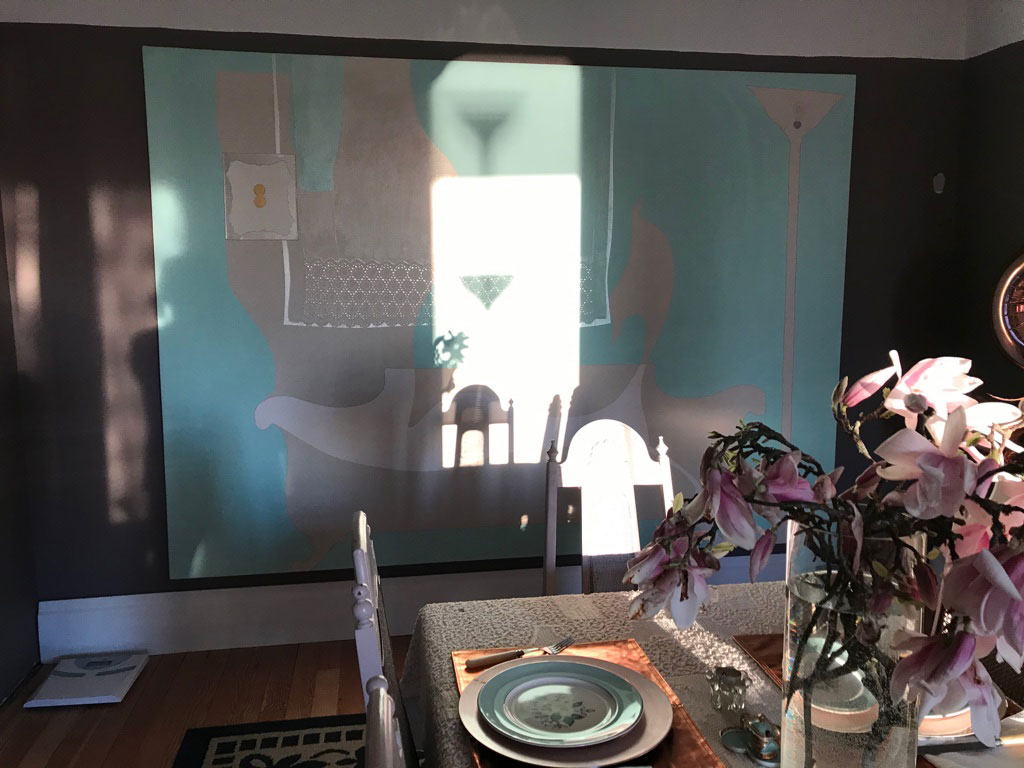D.4 Placemaking and Materiality in the Domestic Interior, Part 2
Fri Oct 16 / 11:00 – 12:30
voice_chat expiredchairs /
- Erin J. Campbell, University of Victoria
- Olivier Vallerand, Arizona State University
Places, as sites of identity and memory, are felt, perceived, understood, interpreted, narrated, and imagined. They are embodied experiences, created through the intertwining of the material and the social. Placemaking refers to the people and things, practices and representations, meanings and values that transform space into place. While placemaking strives to create a collective understanding of place, the meaning of place is malleable, may change over time, can vary according to age, gender, race, and social status, and is subject to contestation. We welcome proposals examining how art, craft, objects, and materiality contribute to the processes of – and resistances to – placemaking in the domestic interior, including ‘home-like’ spaces such as residential schools, seniors’ care-homes, college dorms, and makeshift homes resulting from homelessness, migration, and refuge. How can research focused on the relation between materiality and social space deepen our understanding of the ‘spatial turn’ in the social sciences and humanities?
Erin J. Campbell holds a PhD in Art History from the University of Toronto and is Professor of Early Modern European Art in the Department of Art History & Visual Studies, University of Victoria. She has won awards for research and teaching, including the William Nelson Prize for the best article published in Renaissance Quarterly in 2010 and the Faculty of Fine Arts Award for Teaching Excellence. She has received significant support from the Social Sciences and Humanities Research Council. Her research interests focus on the Early Modern domestic interior. Her publications appear in journals and essay collections, including the Journal of Art Historiography, Sixteenth Century Journal, Word & Image, Renaissance Quarterly, The Cultural Aesthetics of Eighteenth-Century Porcelain, To Have and To Hold: Marriage in Premodern Europe 1200–1700, and Design and Agency: Critical Perspectives on Identities, Histories, Practices. She is also editor and contributing author of Growing Old in Early Modern Europe: Cultural Representations (Ashgate, 2006), co-editor and contributing author of The Early Modern Italian Domestic Interior: People, Objects, Domesticities (Ashgate, 2013), and co-editor of A Cultural History of Furniture, v. II, The Middle Ages and Renaissance, 500-1500. Old Women and Art in the Early Modern Italian Domestic Interior, was published by Ashgate in 2015. Her current SSHRC-supported project is Art and the Stages of Life in the Early Modern Italian Domestic Interior.
Olivier Vallerand is a community activist, architect, historian, and assistant professor at The Design School at Arizona State University. He holds a PhD in Architecture from McGill University and as completed post-doctoral research at the University of California, Berkeley. His research focuses on self-identifications and their relation to the use and design of the built environment, on queer and feminist approaches to design education, and on alternative practices of architecture and design. His monograph Unplanned Visitors: Queering the Ethics and Aesthetics of Domestic Space (2020) discusses the emergence of queer theory in architectural discourse. His research has been published in the Journal of Architectural Education, Interiors: Design | Architecture | Culture, Inter art actuel, The Educational Forum, The Plan, Captures, and in the edited volumes Sexuality (Whitechapel Documents of Contemporary Art) and Making Men, Making History: Canadian Masculinities across Time and Place. He also regularly writes for Canadian Architect.

Charlie Ford, Conceptual sketches on the theme of ‘space’: interview with Aydin Canatar, 2020.
D.4.1 Remembering Food in the Design of the Home
Michael Windover, Carleton University
Preparing, consuming, and/or storing food provide structure to domestic life. Indeed, architectural historian Elizabeth Collins Cromley has argued that the spaces associated with food have fueled the development of domestic architecture in the United States. Certainly a significant element in the design of domestic space, the spatial practices connected with food (acquiring ingredients, making dishes, dining, etc.) also play a key role in notions of identity, heritage, and belonging for many individuals and communities.
Based on initial findings from a collaborative research project between faculty, curators, and students at Carleton University, Algonquin College, and Canada Science and Technology Museum, this paper explores the intersection of food and domesticity for members of the Anatolian community in Ottawa. In keeping with the theme of this session, we contend that the spatial practices of food consumption are essential to domestic placemaking. The preparation and consumption of food (and memories of these activities), combined with the accompanying organic changes to domestic interiors, produce opportunities for making and remaking culture. In other words, these everyday practices provide the space and substance for enacting heritage and help to illustrate the quiet intensity of conventional, quotidian activities upon the character of the home. Drawing from interviews held with the Anatolian community, this paper demonstrates how a consideration of food’s role in domestic interiors, in terms of design and use, can nuance understandings of placemaking for members of a diaspora.
Michael Windover is a historian of modern architecture and design and is Assistant Director of the School for Studies in Art and Culture, overseeing Art and Architectural History programs. He is author of Art Deco: A Mode of Mobility (2012), co-author of Seeing, Selling, and Situating Radio in Canada, 1922-1956 (2017), co-editor of The Routledge Companion to Art Deco (2019), and is commissioning editor of Dalhousie Architectural Press’s Canadian Modern series. The principal investigator of Designing Domestic Dining, on which the research in this based, Windover is also adjunct curator of design at Ingenium: Canada’s Museum’s of Science and Innovation and is Vice-President (Membership) of the Society for the Study of Architecture in Canada.

The Ebony test kitchen. Photo: Photograph by Alexandre Georges from Arthur Elrod by Adele Cygelman, reprinted by permission of Gibbs Smith.
D.4.2 Fashion, Food Identity in the Ebony Test Kitchen, 1972
Karen R. White, Humber College
An interior’s materiality exists at a variety of scales: moving from intimate, to interpersonal, to architectural. It can be examined as an artefact using material culture methods of description, deduction and speculation, and is an embodiment of specific historical processes linked to craft, technology, labour, access to wealth, and trade. Yet this surplus of materiality is also essential to the process of placemaking in the interior, specifically through the entanglement of material with cultural memory and identity. The focus of this case study is a corporate kitchen designed in 1972 by Arthur Elrod Associates for the Johnson Publishing Company – an icon of African American culture led by John and Eunice Johnson, and publisher of Ebony magazine.
Ebony magazine understood the important role of food in the lives of its readers and the presence of a fashion-forward Test Kitchen in the Company’s new modernist building ratified this support. Famously, the new Test Kitchen avoided the limitations of International Modernism’s language of form in favour of the opportunities afforded by a palette of surface, finish and colour. As part of the only corporate project in Elrod’s successful career designing interiors for the homes of the (chiefly white, California) elite, this singular kitchen suggests the mutability of home and workplace. In seeking out Elrod’s design team for this project, Eunice Johnson had been guided by her experience building the Ebony Fashion Fair yearly fashion event. A stylish tastemaker, Johnson had worked hard to gain access to the world of elite fashion, and she understood the racial politics surrounding black adornment and consumer aspirations. By extending an elite approach to design, styling, and procurement to the Test Kitchen, the project can further be viewed as the client’s acknowledgement of the increasingly politicized role of food and the ‘culinary turn’ in Black nationalist movements of the time. This paper will develop a contextual and comparative method to explore how an interior’s materiality can be related to aligned cultural considerations imbued with cultural identity, making it an example of the role of materiality in placemaking.
Karen R. White is adjunct professor at Humber College ITAL where since 2004 she has developed and taught courses in design history, design theory, and design research methods for undergraduate interior and industrial design students in the Faculty of Applied Sciences and Technology. She holds a Dip. Interior Design (Humber College), a B.A. in art history (Queen’s University) and a M.A. in art history (York U.). Her scholarly and critical practice explores the built environment as a site of interdisciplinary discourse about places + spaces + objects + their users.

Architectural Digest, March 1985 . Photo: Hans Namuth.
D.4.3 Architectural Digest Visits... Artists
Béatrice Cloutier-Trépanier, Queen’s University
From 1971 until the mid-1990s, most if not all issues of Architectural Digest featured a photo-reportage presented under the heading “Architectural Digest Visits…”. Along with collectors and creative types – authors, designers, and architects – visual artists appeared regularly within these pages. Amongst many others, Georgia O’Keeffe (July 1981), Willem de Kooning (January 1982), Helen Frankenthaler (March 1985), Kenneth Noland (July 1985), and John Cage and Merce Cunningham (November 1988), have been the subjects of this long-running monthly feature. Focusing on these postwar American examples, this paper explores how this chronicle of interiors contributed to the construction of the artistic identity in popular media during these decades, focusing on how AD’s incursion into the domestic spaces of artists functioned to represent art practices and art-making as non-work, as a lifestyle. My examination of the textual and photographic representation of artists within the pages of AD is inscribed within a larger project that contributes to understandings of the coalescence of art(work) and life within the home, and the performative and representational codes that mediate an artistic public identity.
Béatrice Cloutier-Trépanier is currently pursuing doctoral studies in art history at Queen’s University, working under the supervision of Dr. Jen Kennedy on a project that examines art practices as forms of naturalized labour in relation to architecture and domestic interiors. She is particularly interested in the production and consumption of images that represent the living and working spaces of artists in popular media. She is the recipient of a SSHRC Joseph-Armand Bombardier CGS Doctoral Scholarship and a Tri-Agency Recipient Recognition Award from Queen’s University. Since 2017, she has been acting as the curator of a private collection in Montreal. Her writing has appeared in esse arts + opinions and Canadian Art.

Sara Robichaud, Easter morning place settings 2020, with Screened Repose in situ 75”x105” acrylic & graphite on canvas, 2017
D.4.4 An Unapologetic Affair – Reflections on a Home-Based Installation
Sara Robichaud, Artist
Through images and video footage, this presentation will review and discuss my home-based installation, An Unapologetic Affair, as a lived example of Placemaking and Materiality in the Domestic Interior. This project began in 2010 with our first home, an Edwardian house located in a working-class neighbourhood of South Nanaimo. It was a place to start a family and, unknowingly a muse for my artistic practice. For comfort, I surrounded myself with a palette of soothing pastel tints, and over time I’ve gathered and arranged historical household items, which not only hold the resonance of their material use but are beautiful objects made to last. The process has unfolded naturally. As I observed subtle nuances, moment-by-moment, I’ve shaped my environment, raised my daughter, played hostess, painted and drew on the walls and floors, and integrated depictions of interior elements onto my canvases. At the same time my house has become a painting. Cast shadows are painted on the walls including a vintage green lamp rendered in the same soft mauve as my living room but with a value shift so faint that it is often mistaken for a real shadow. I’ve taken care to create a seamless ephemeral experience in the hopes of initiating curiosity for visitors who may view my home as an artwork.
Imbued with personal and maternal histories, my work echoes domestic labour in the physicality of its making and with a directness in scale and replication of form. I strive for a kind of minimalism in surface and design to convey the intimacy of my home and to let aesthetically attractive elements shine. An Unapologetic Affair is the ongoing site of my identity and memory where I’ve embodied the material and social experience of my domestic life as a sustained installation and a subject for my paintings.
Sara Robichaud has been a practicing artist for 3 decades and currently lives and works on Vancouver Island, British Columbia, Canada. Primarily known as a formalist painter, her recent work bridges to an embodied practice, which is tethered to the body, both private and personal, as a record of the performative. Robichaud holds a Masters of Fine Arts from the University of Victoria (2009) and a Bachelor of Fine Arts from Queen’s University (1995). Recent Exhibitions include Small Gatherings, Nanaimo Art Gallery, Nanaimo, British Columbia (Group, 2020), Spectral, Herringer-Kiss Gallery, Calgary, Alberta (Solo, 2019), Unapologetic – Romantic Notions of a Modern Woman, Gallery Jones, Vancouver, British Columbia (Concurrent / Two-Person with Clint Neufeld, 2017), An Unapologetic Affair, Nanaimo British Columbia (site-specific, home-based project, 2017-ongoing).



